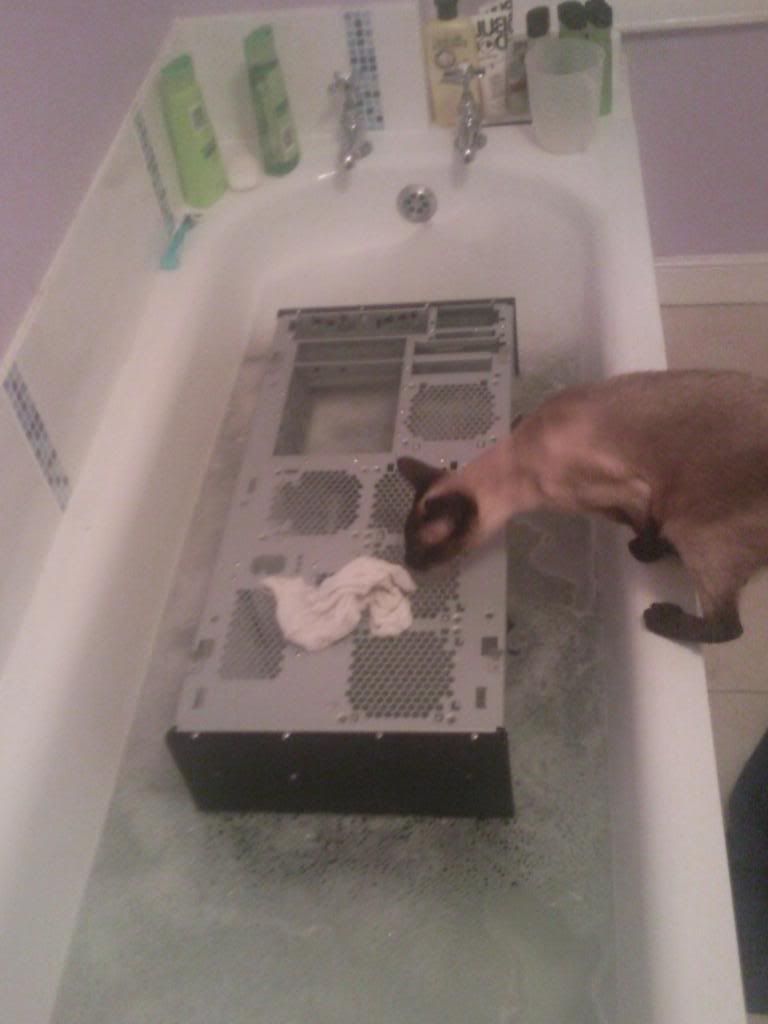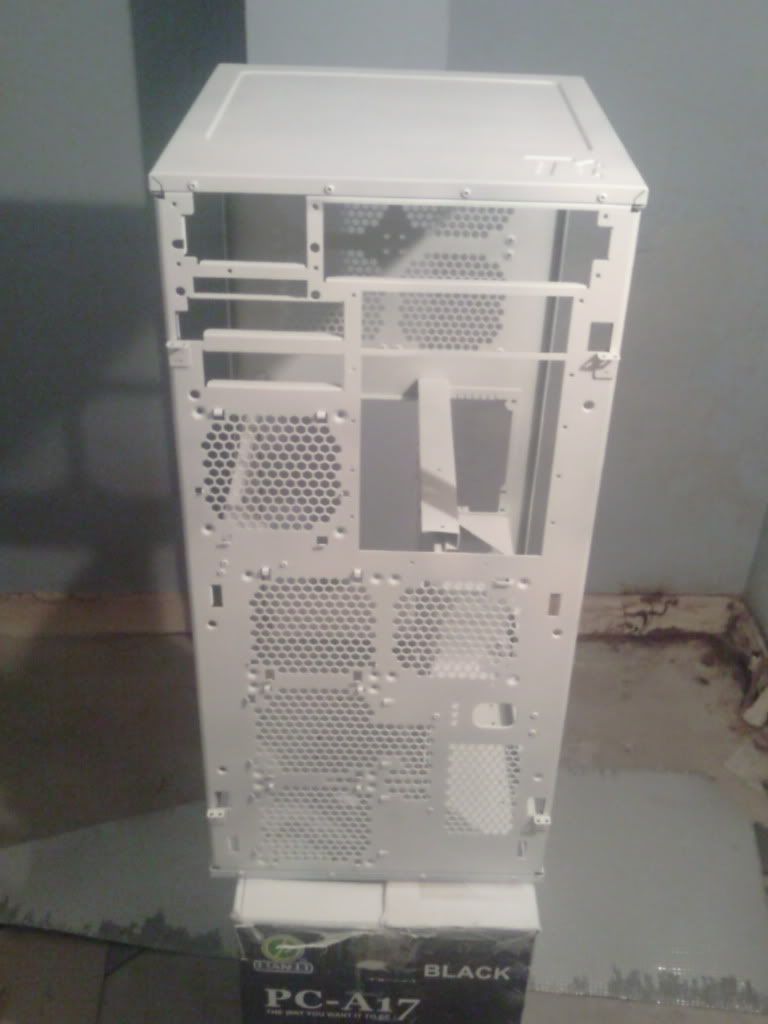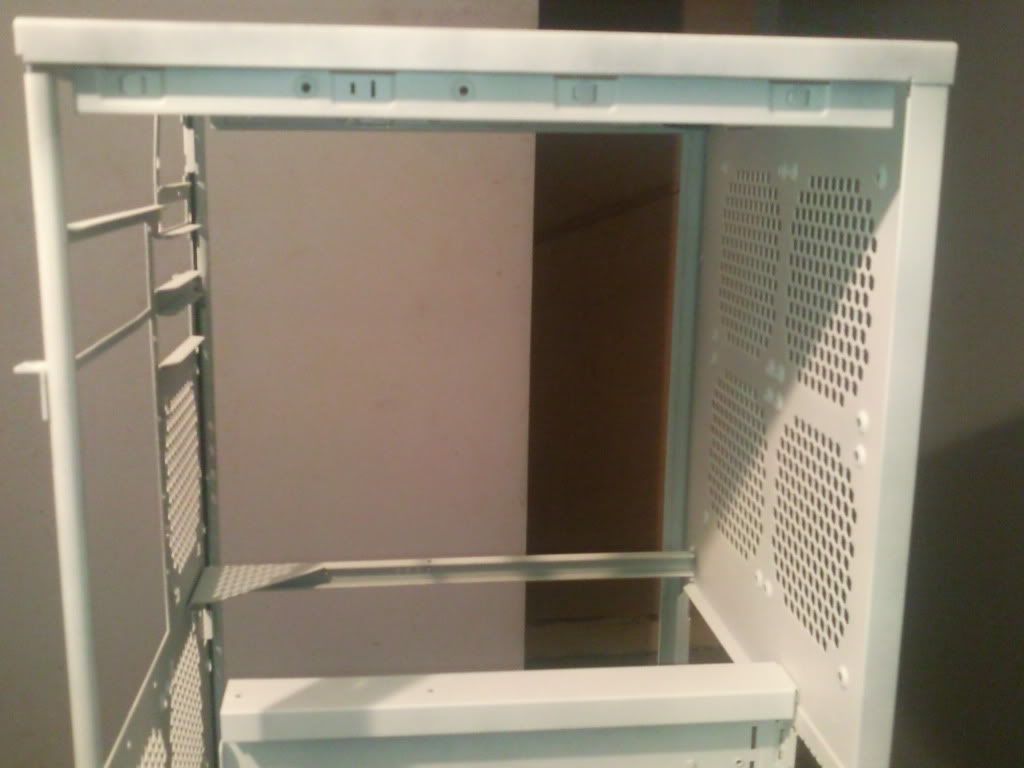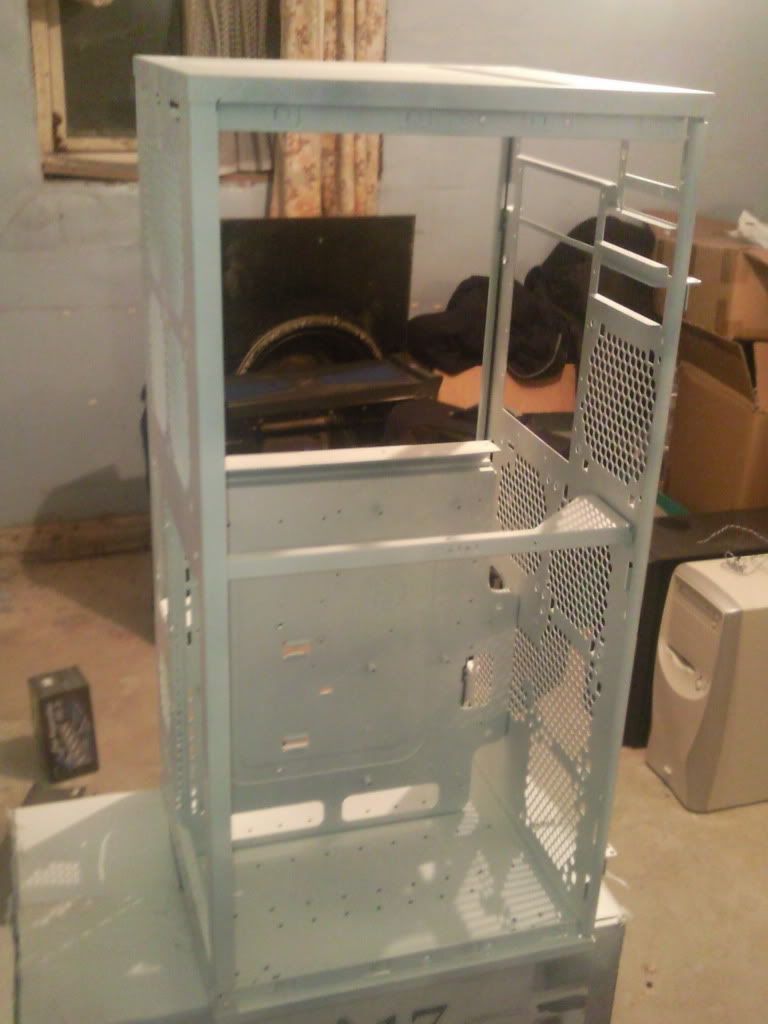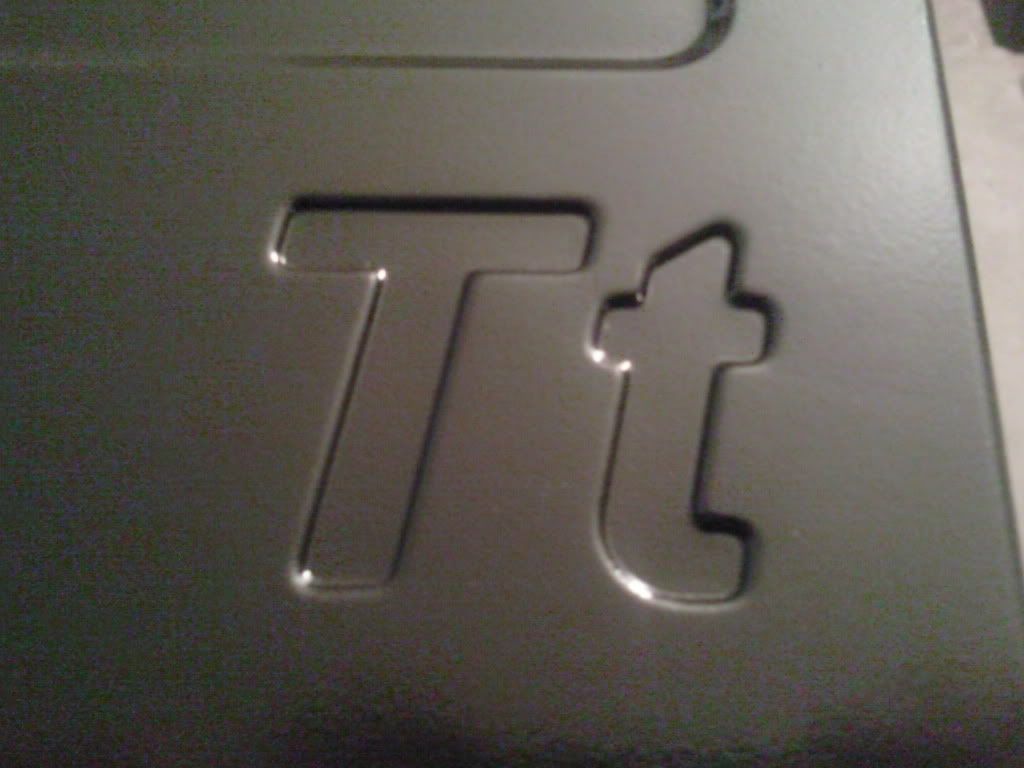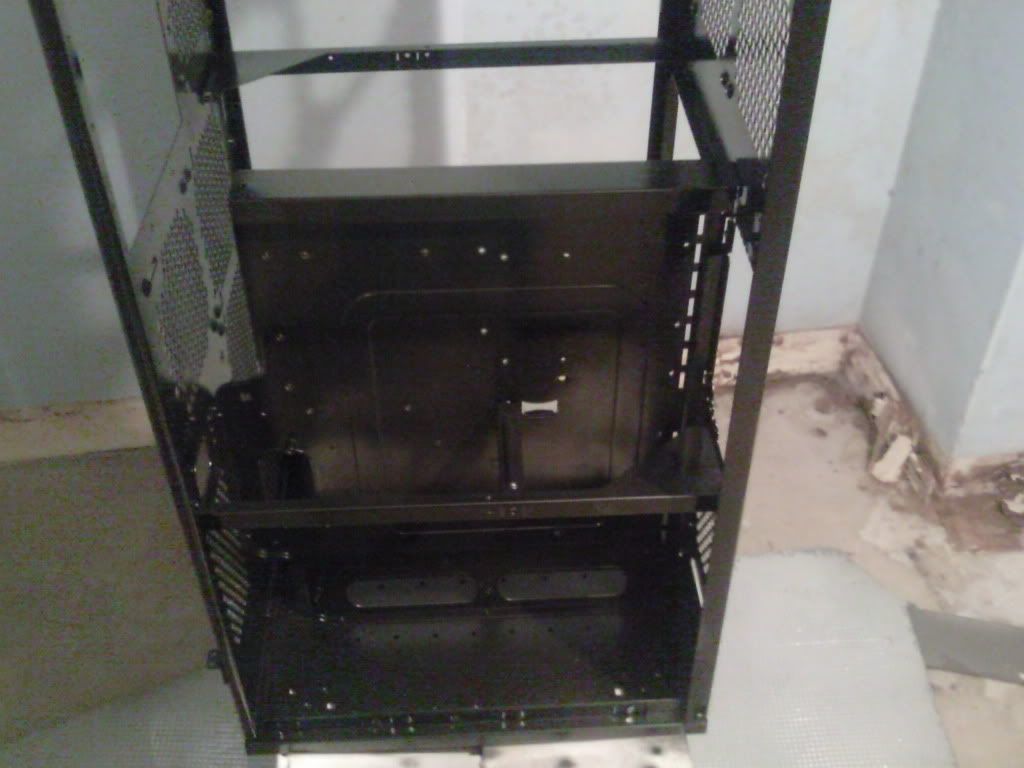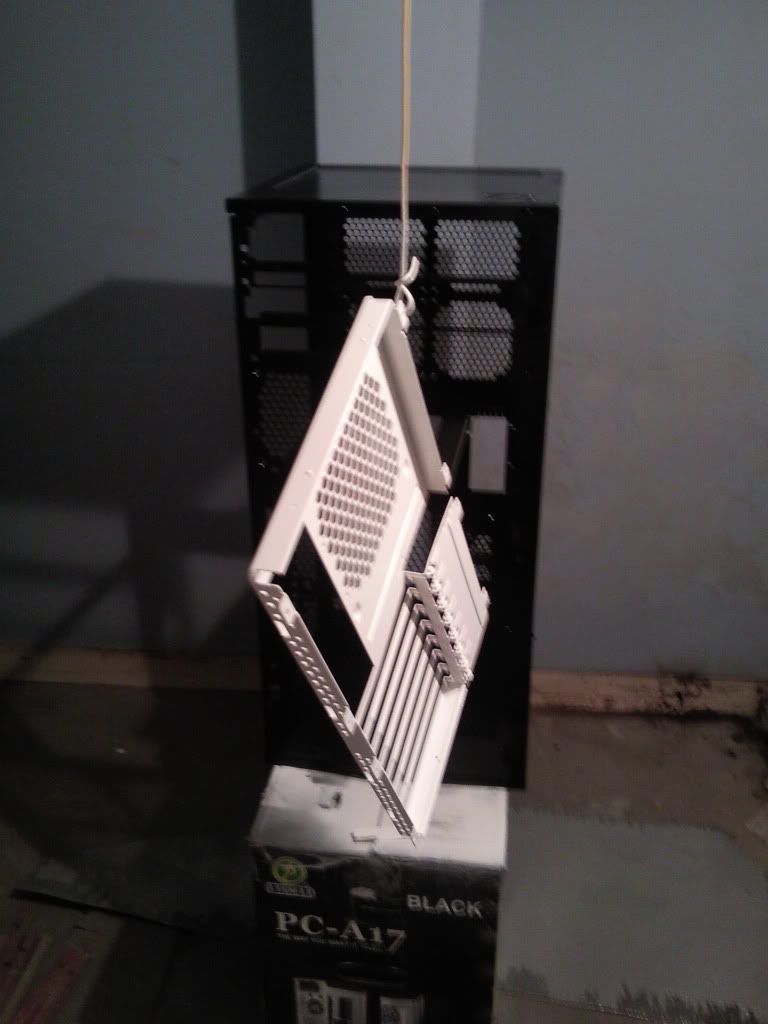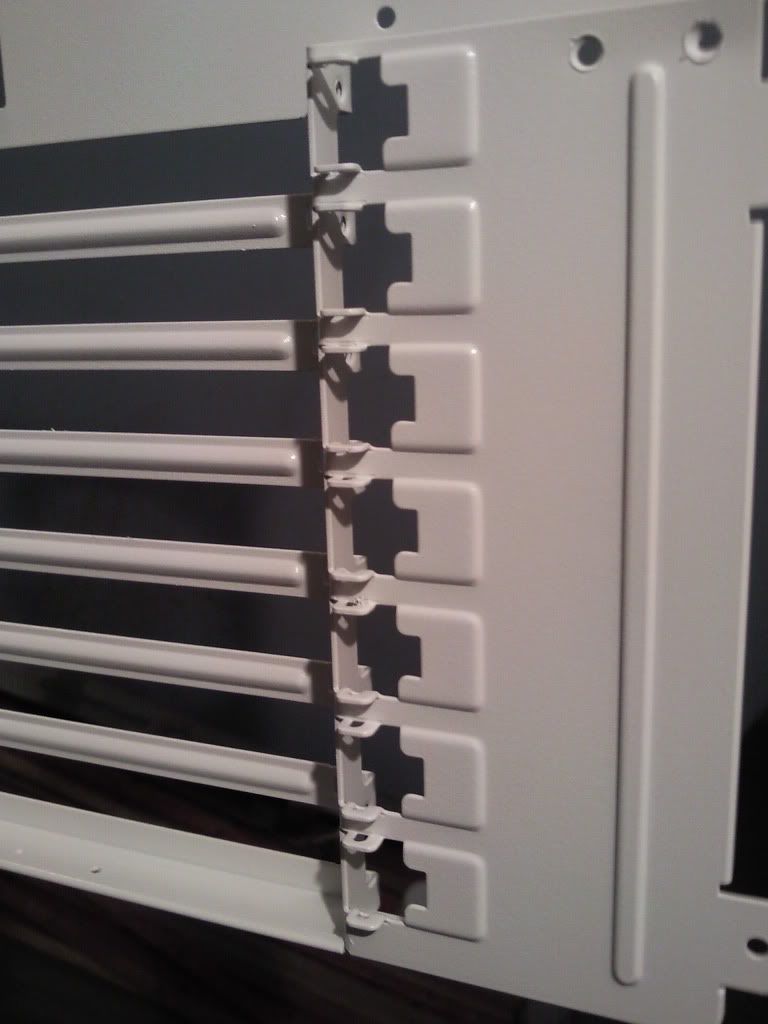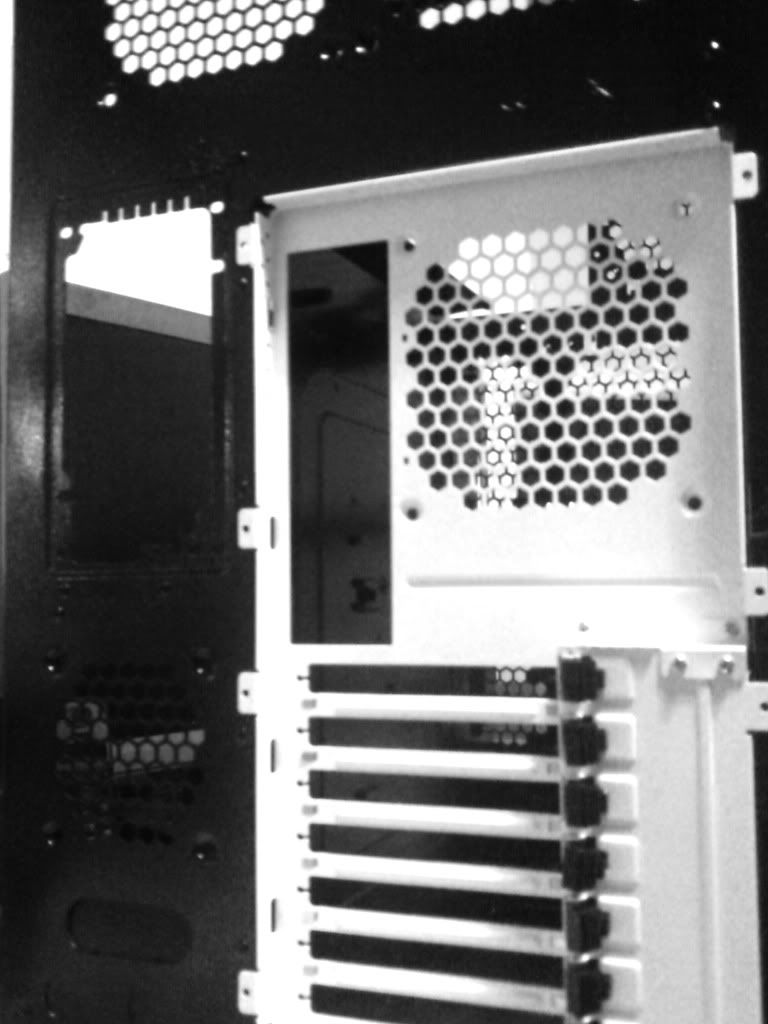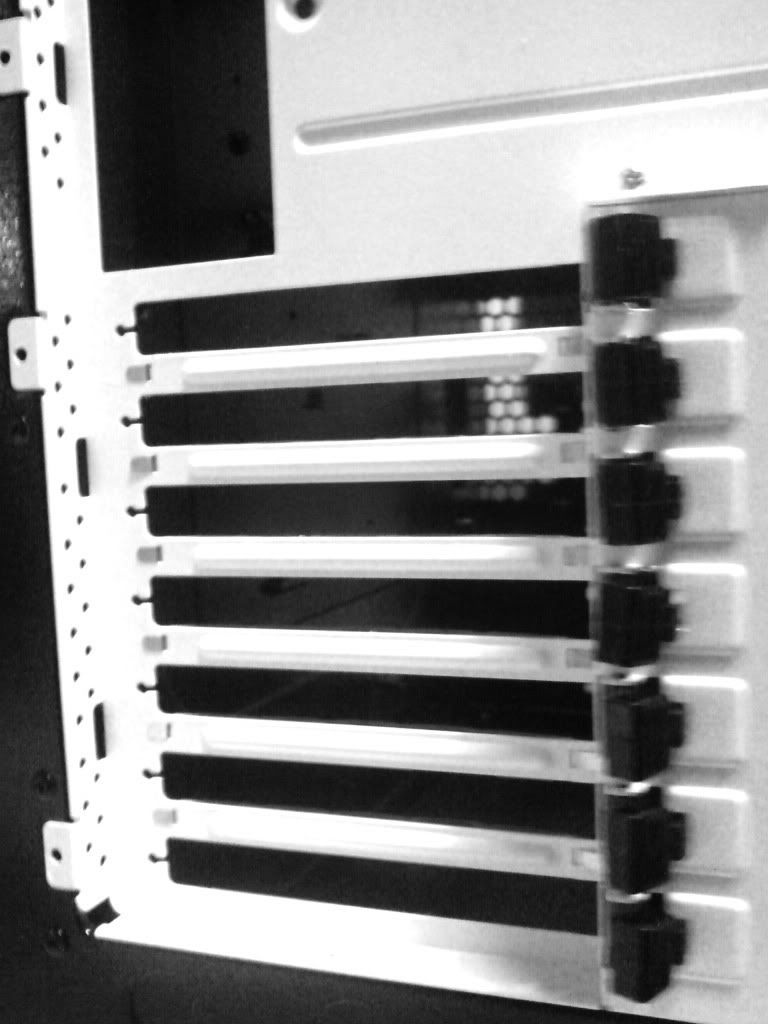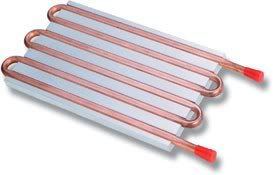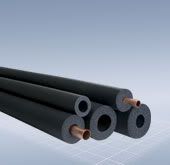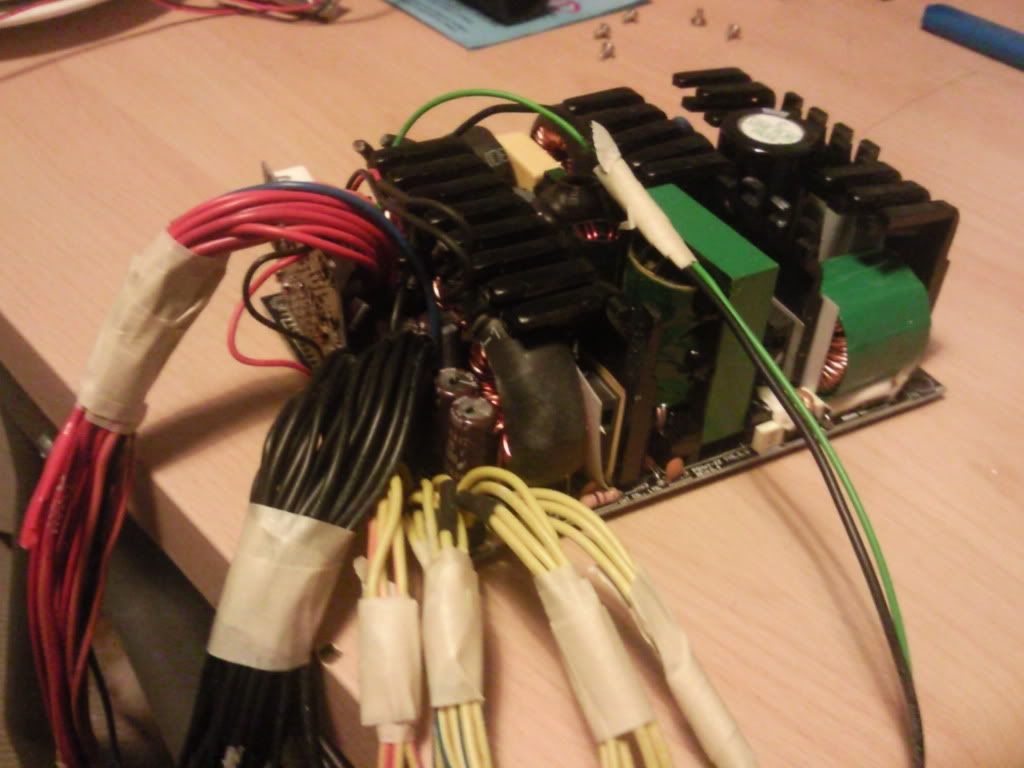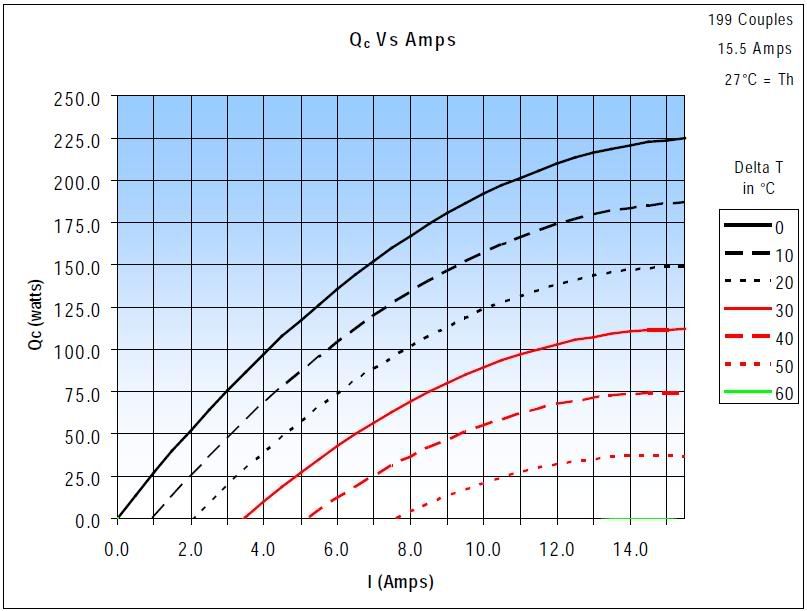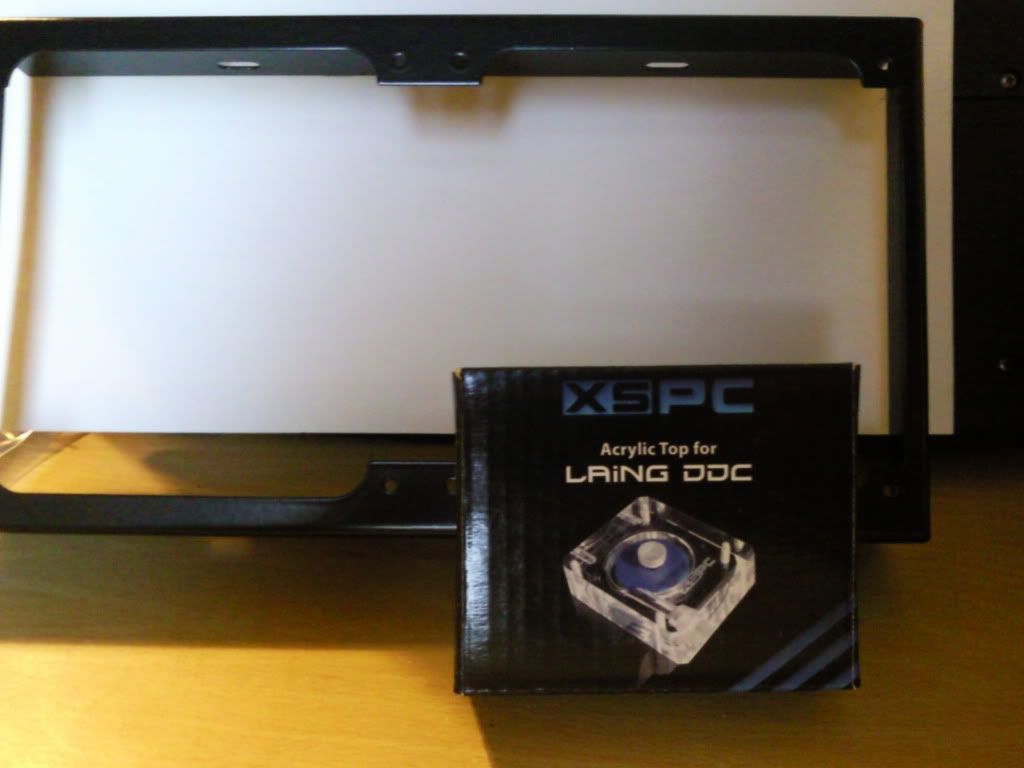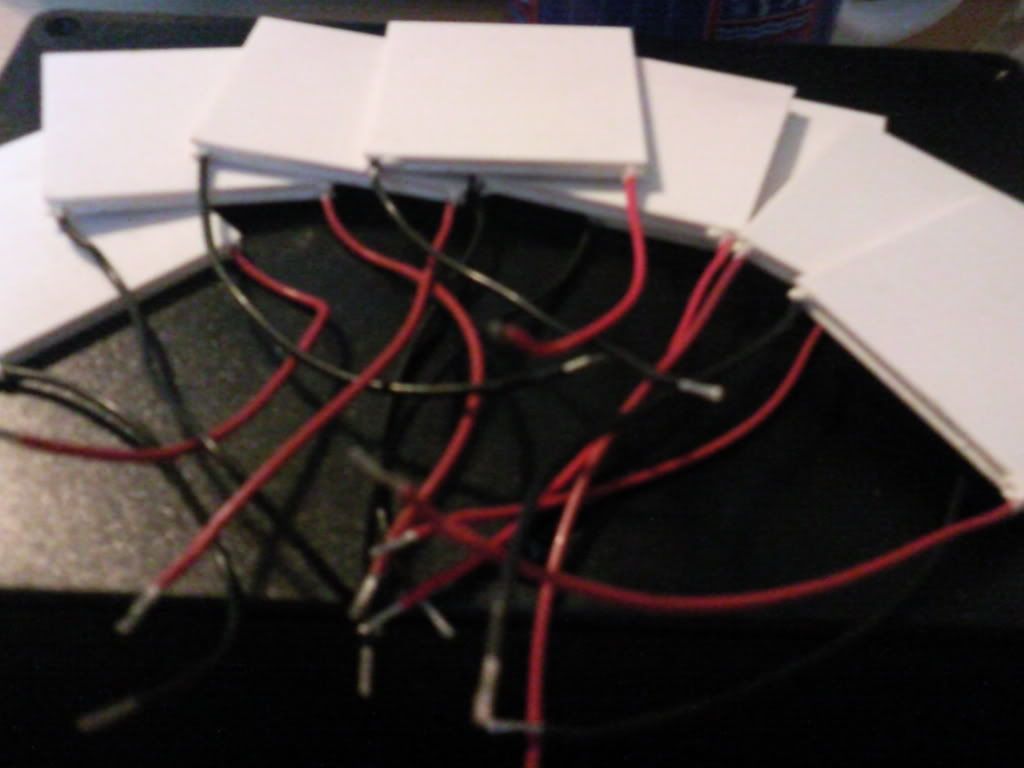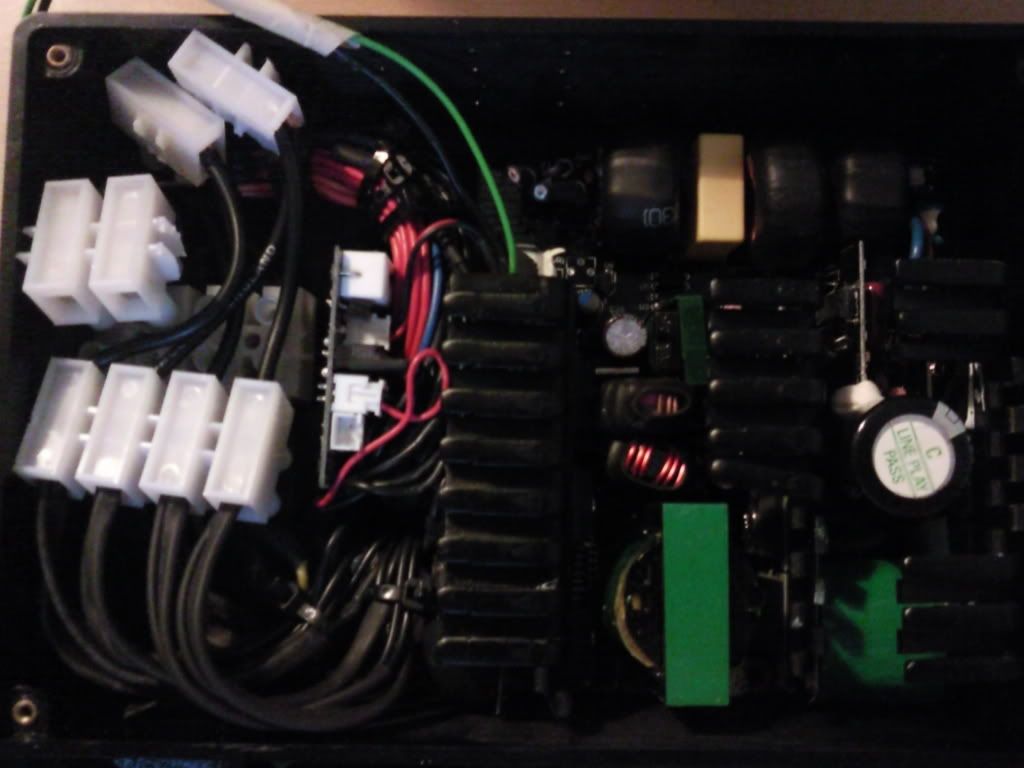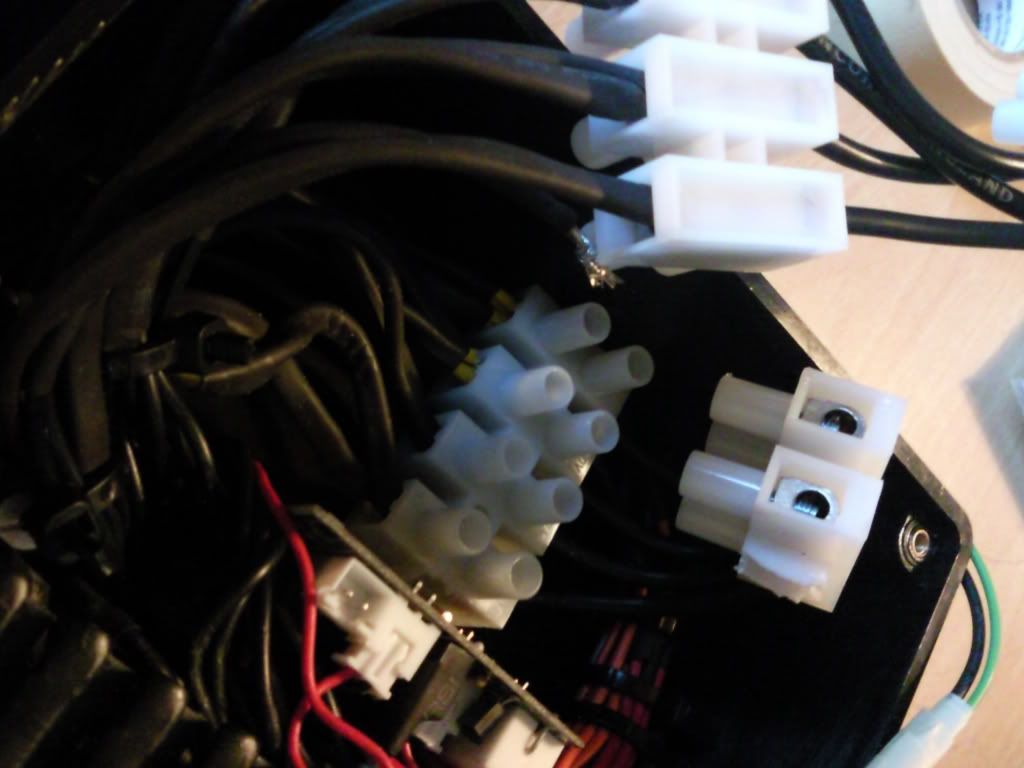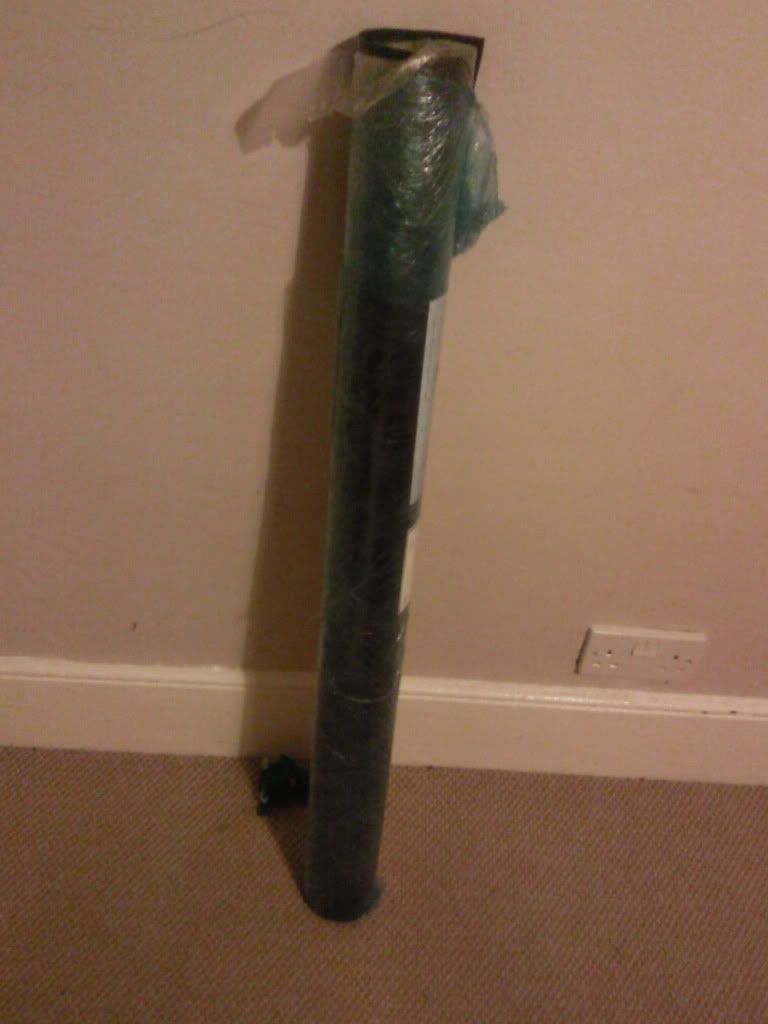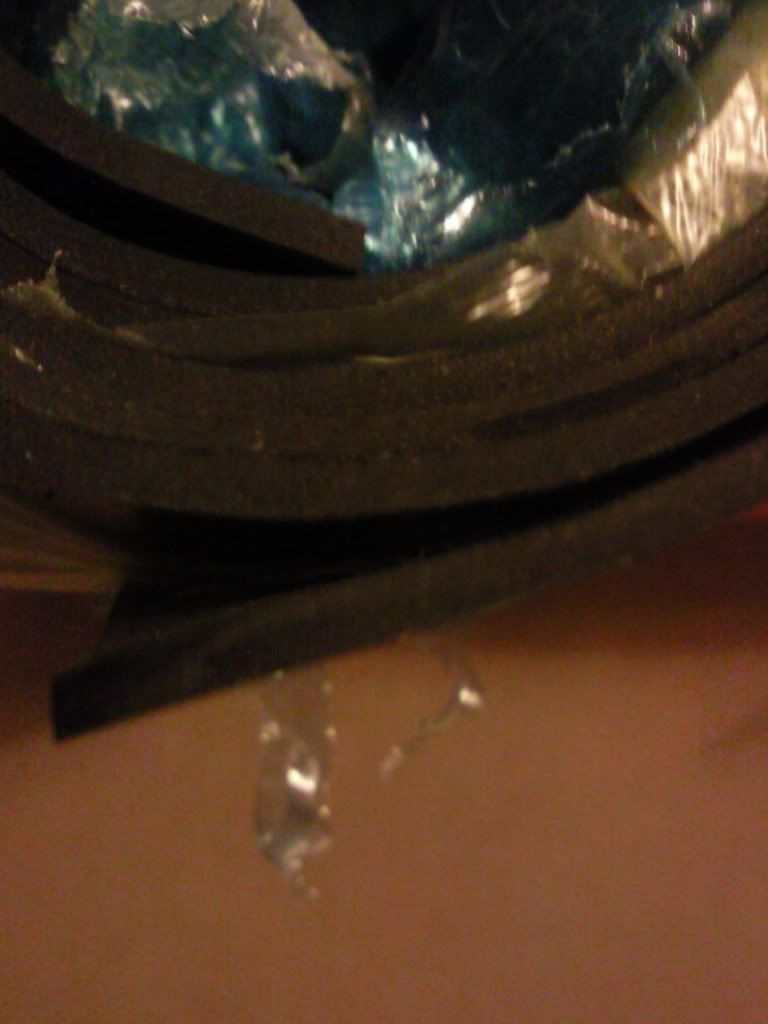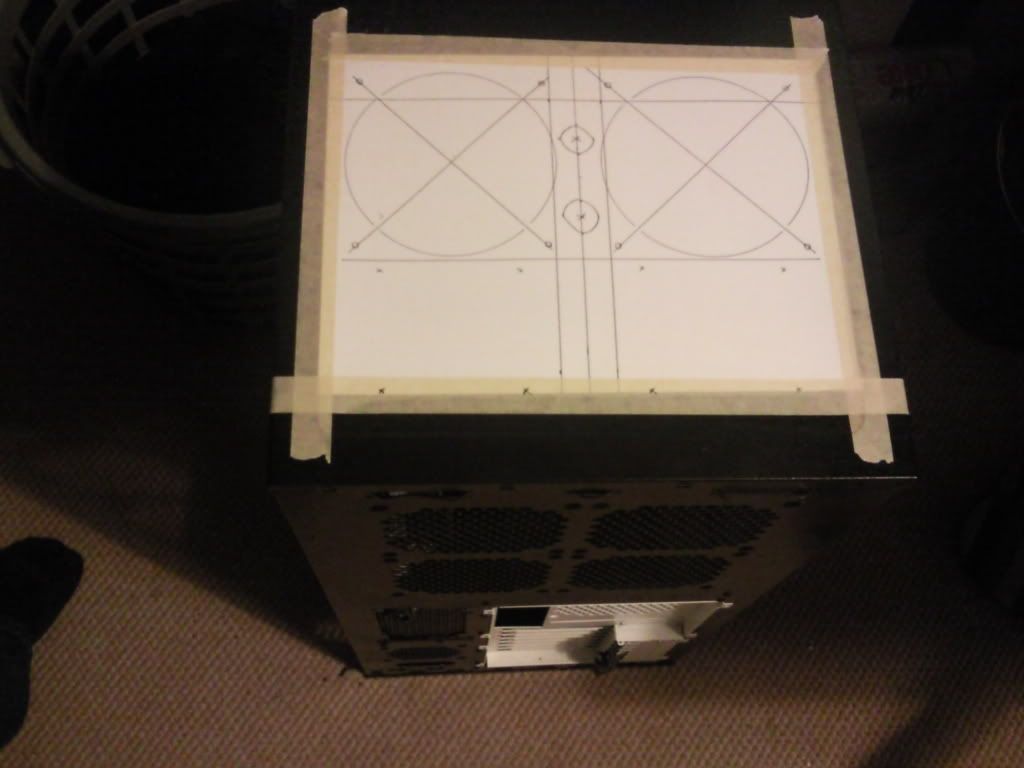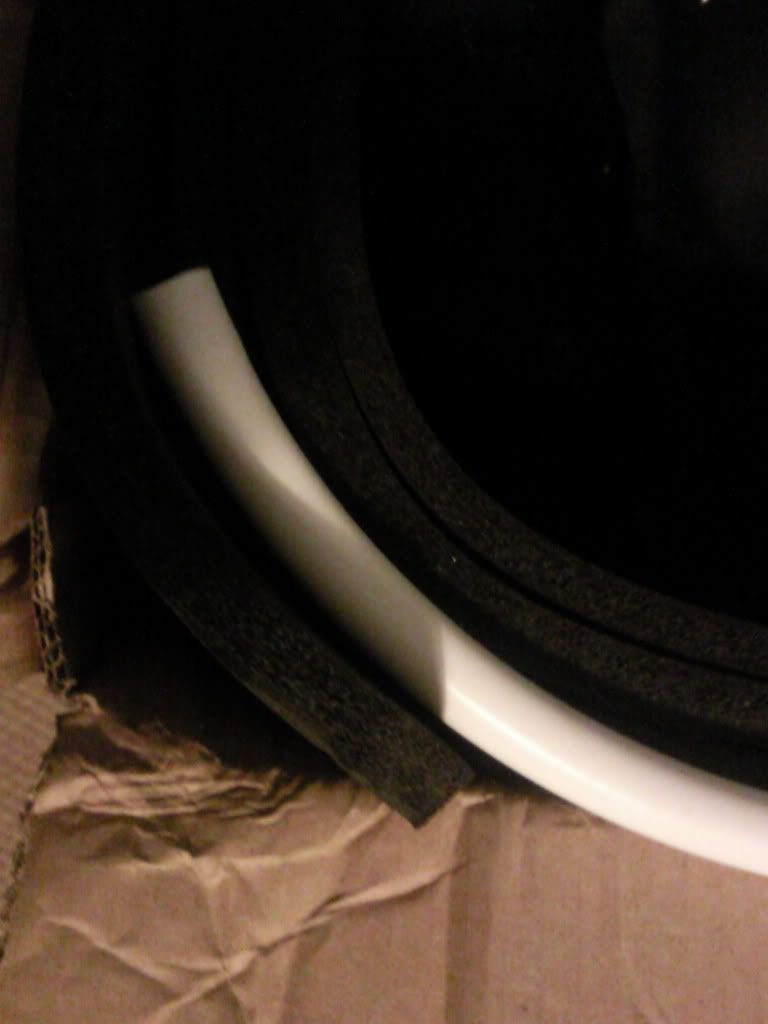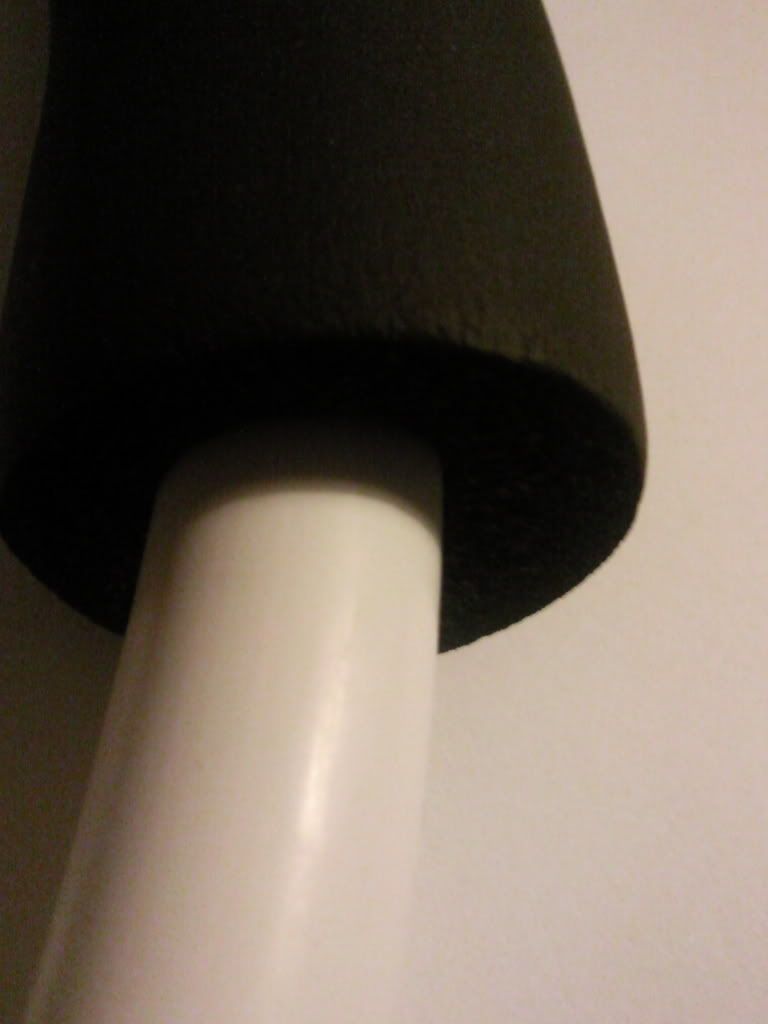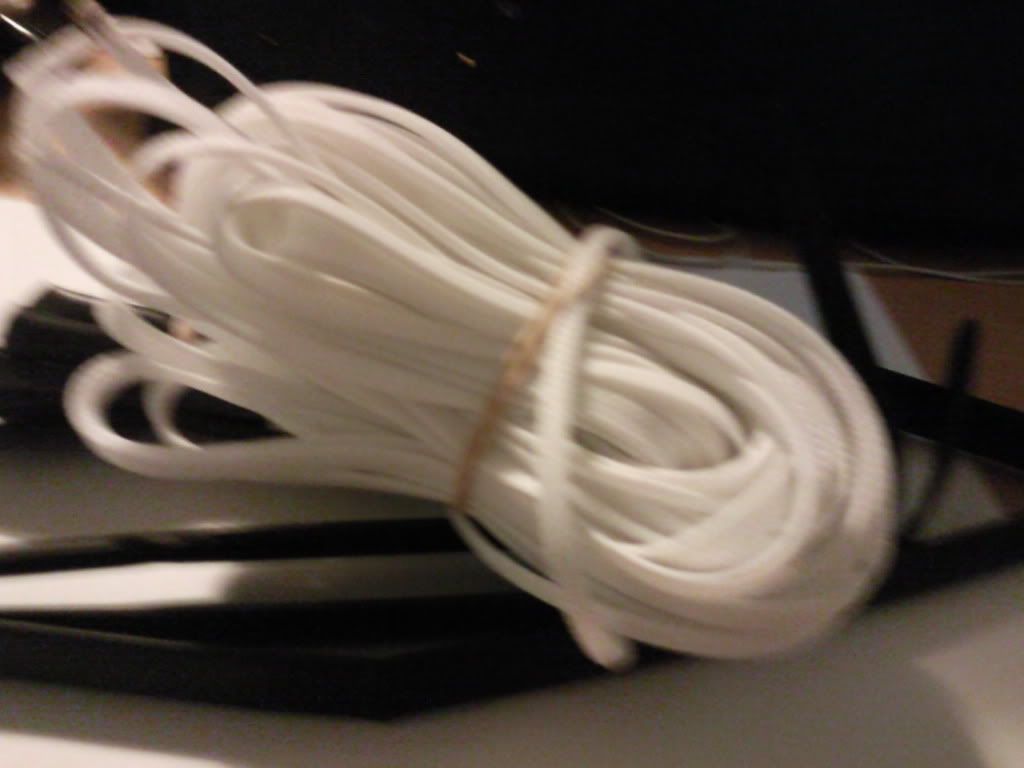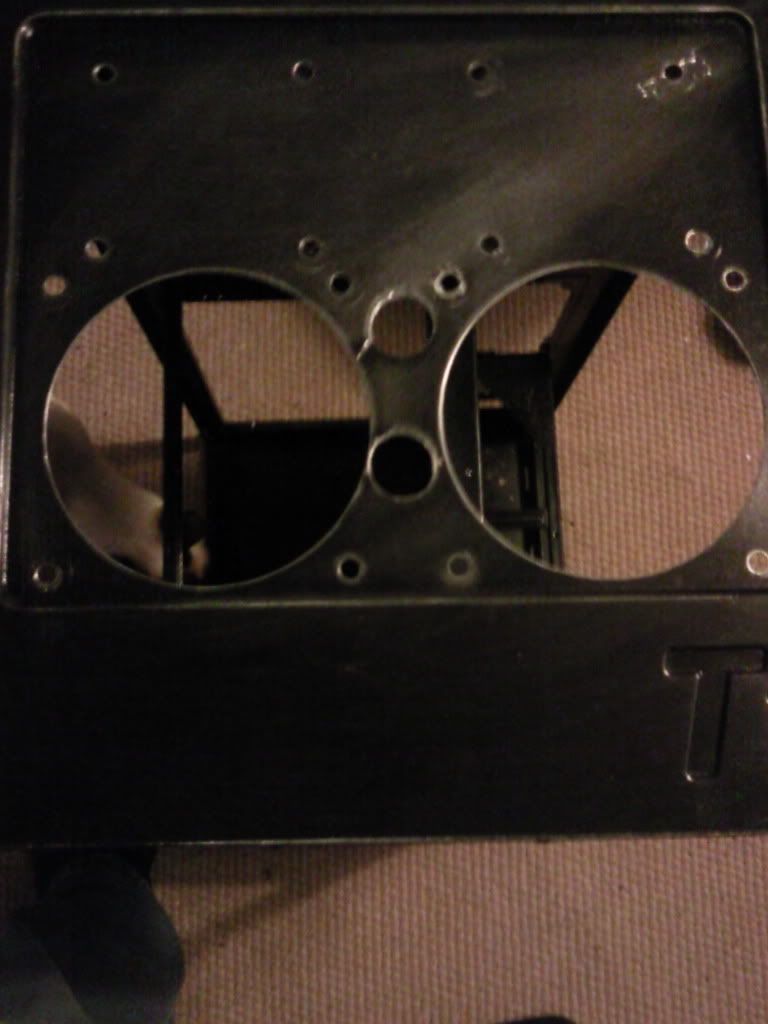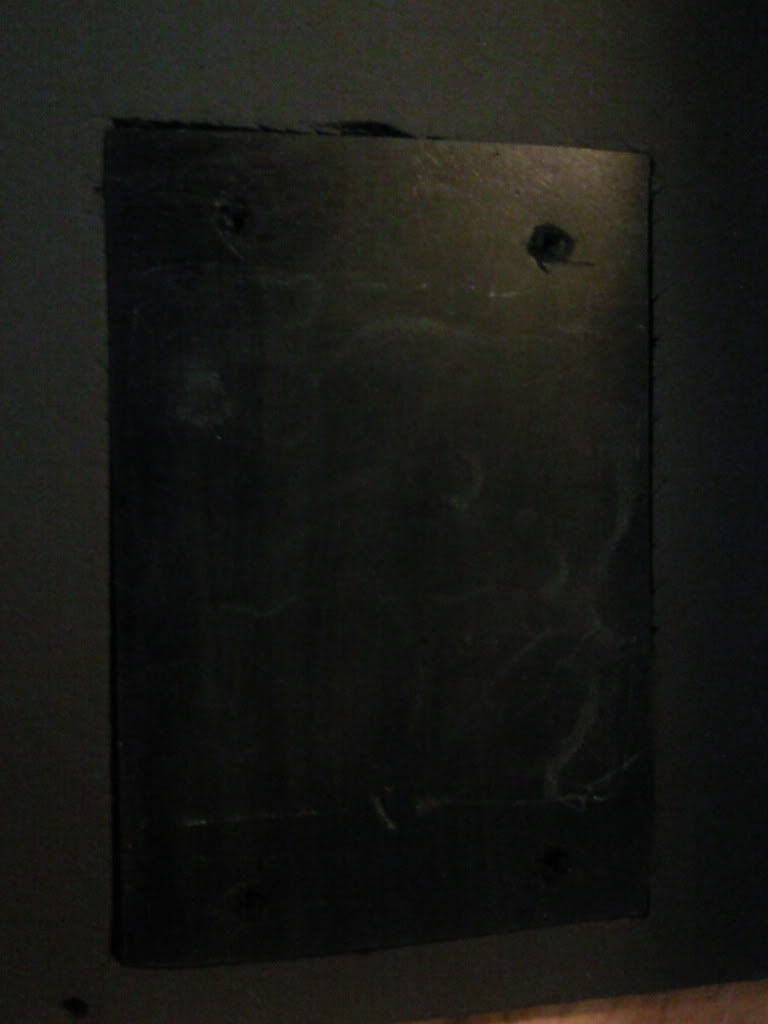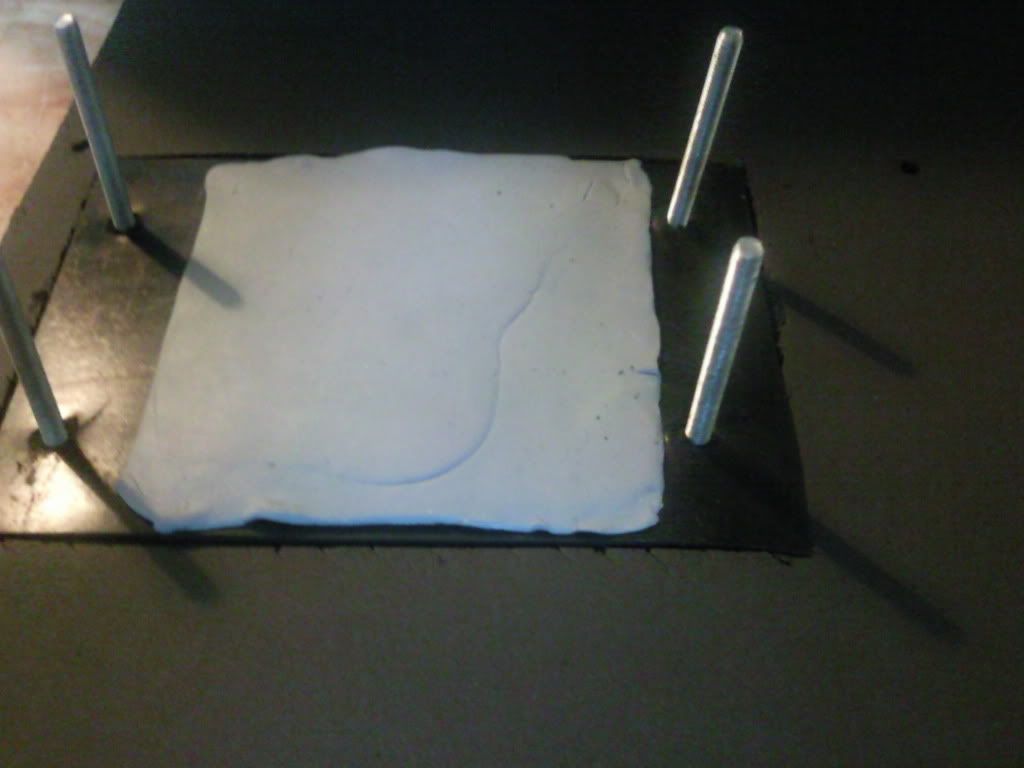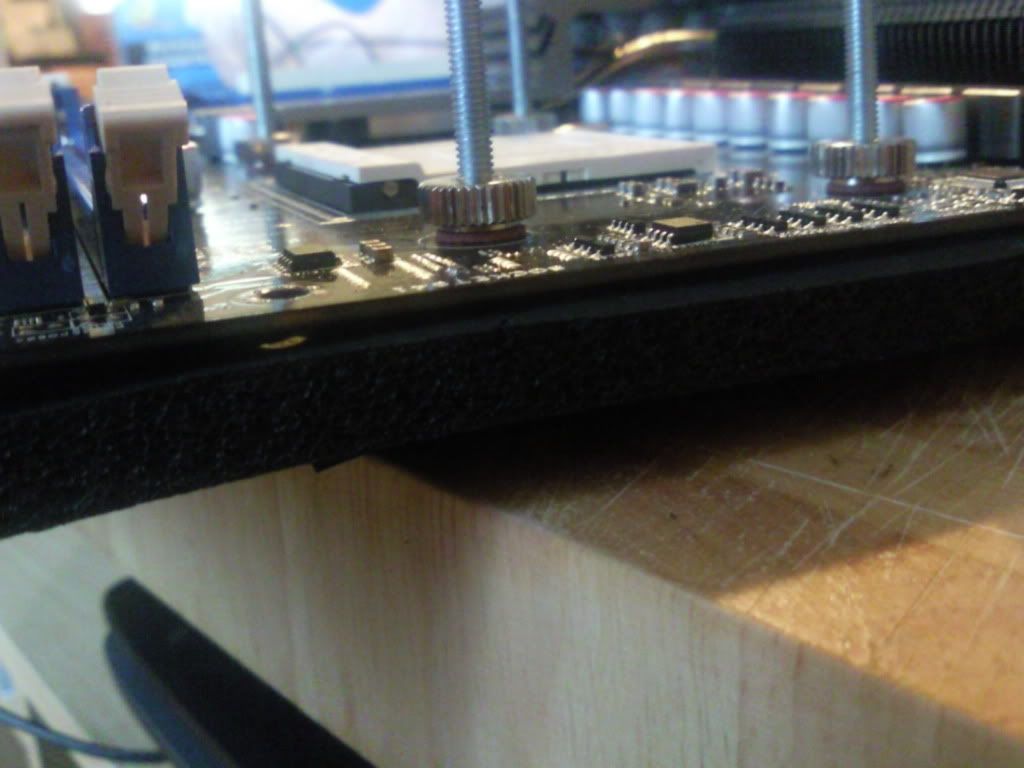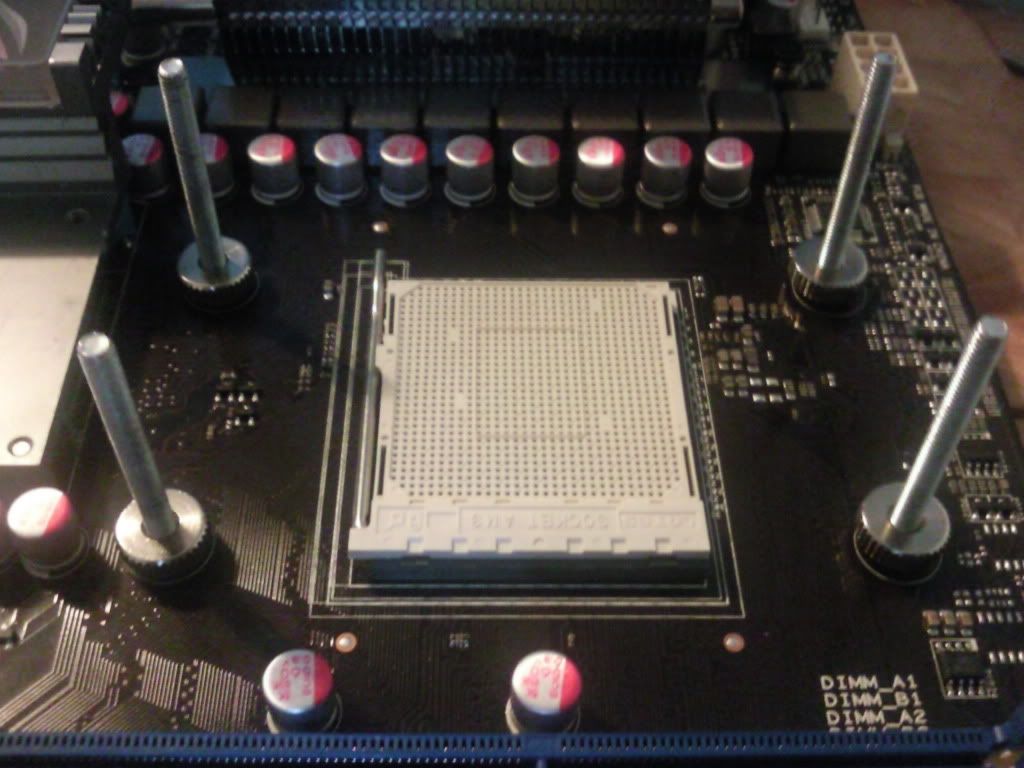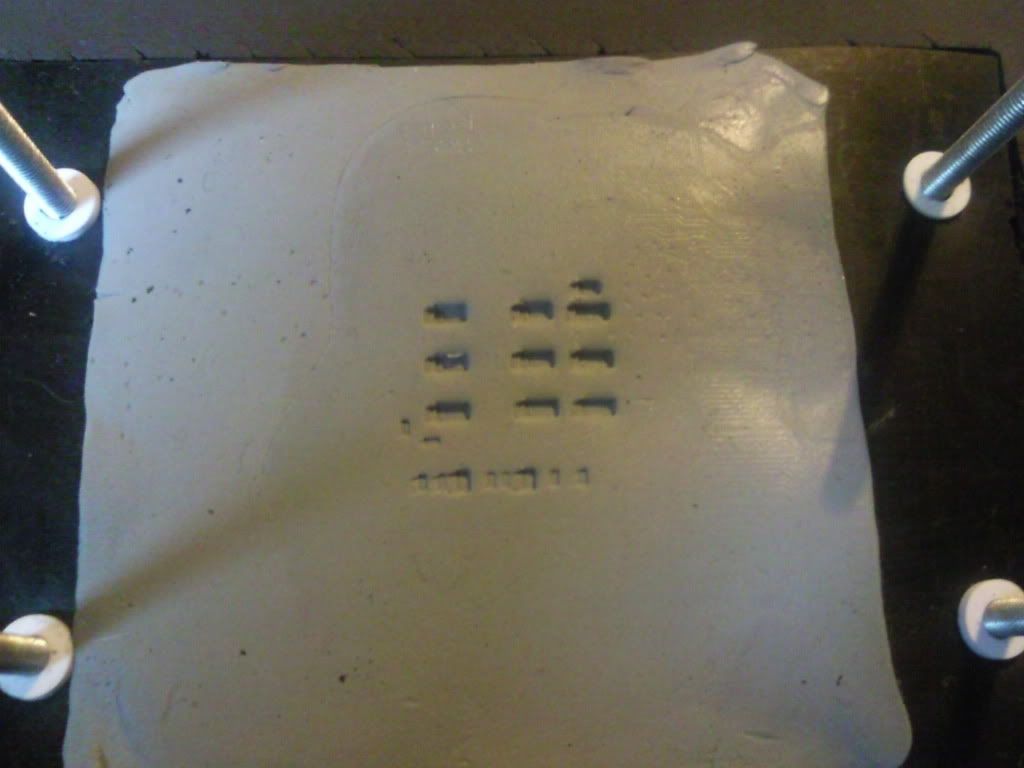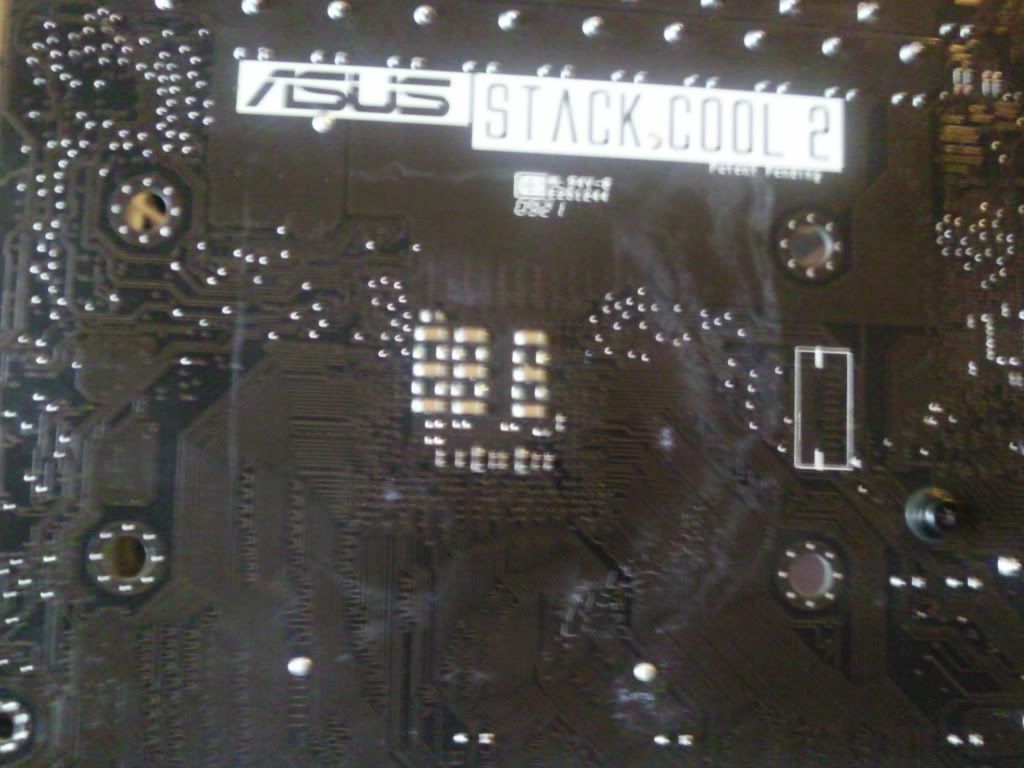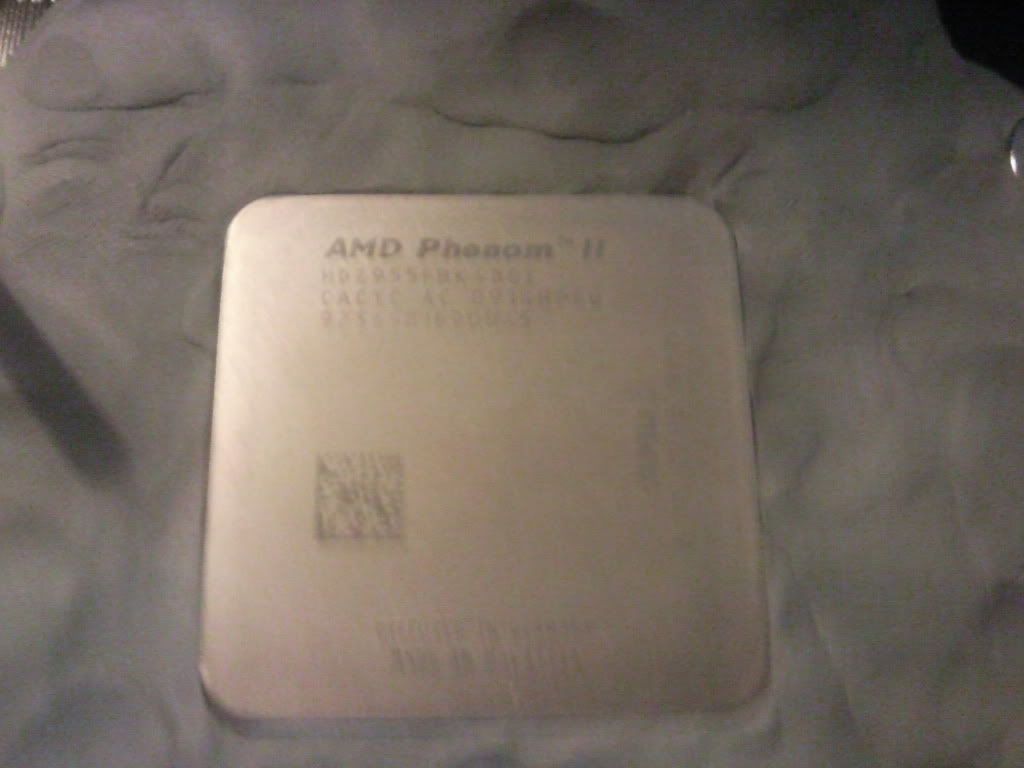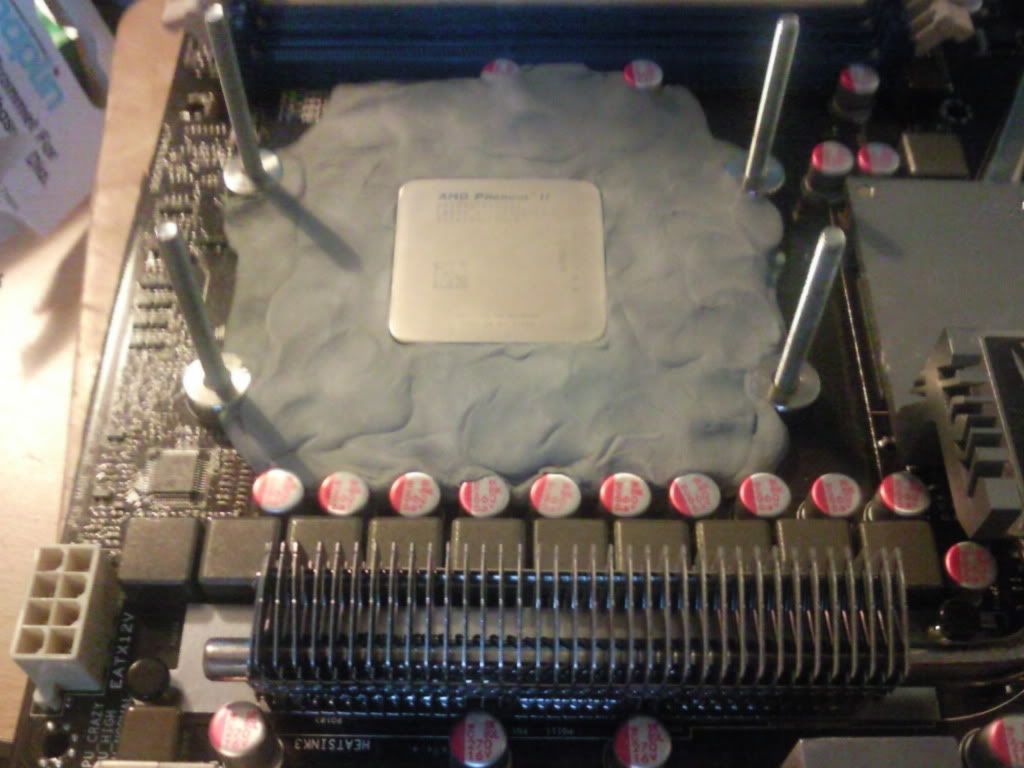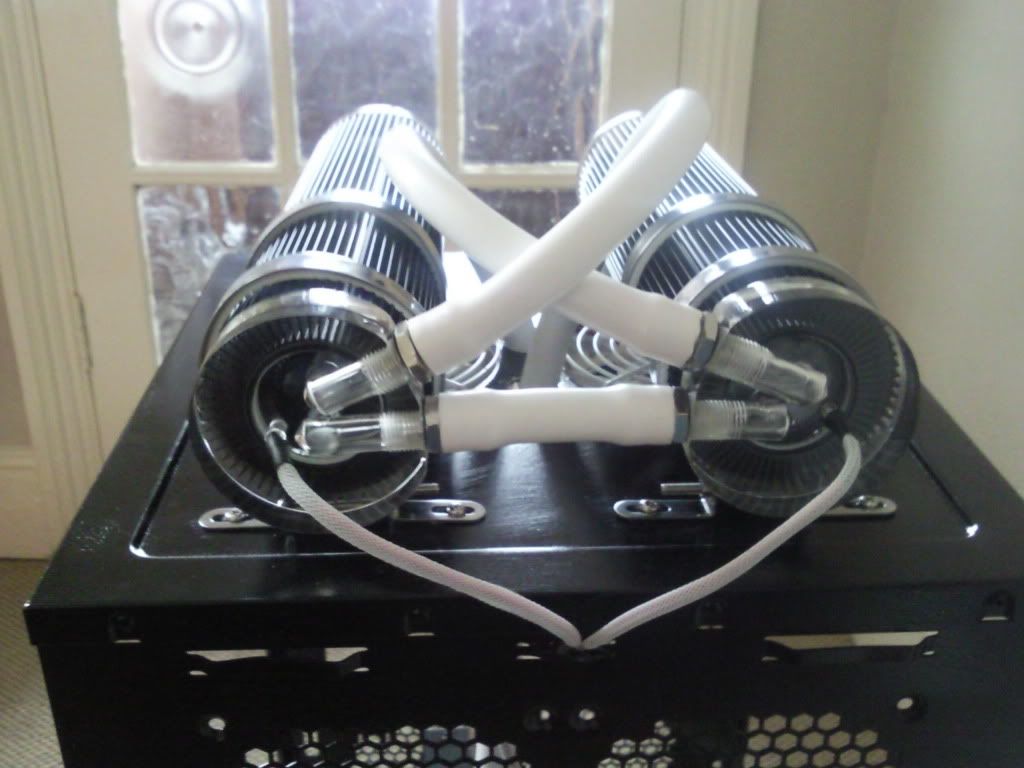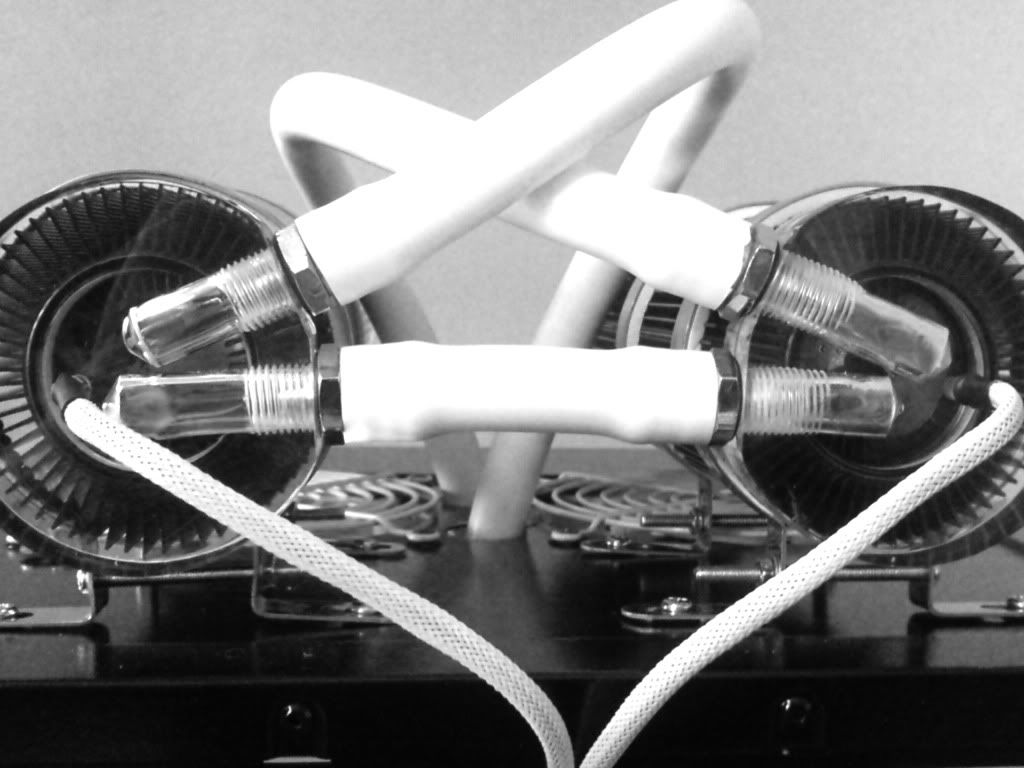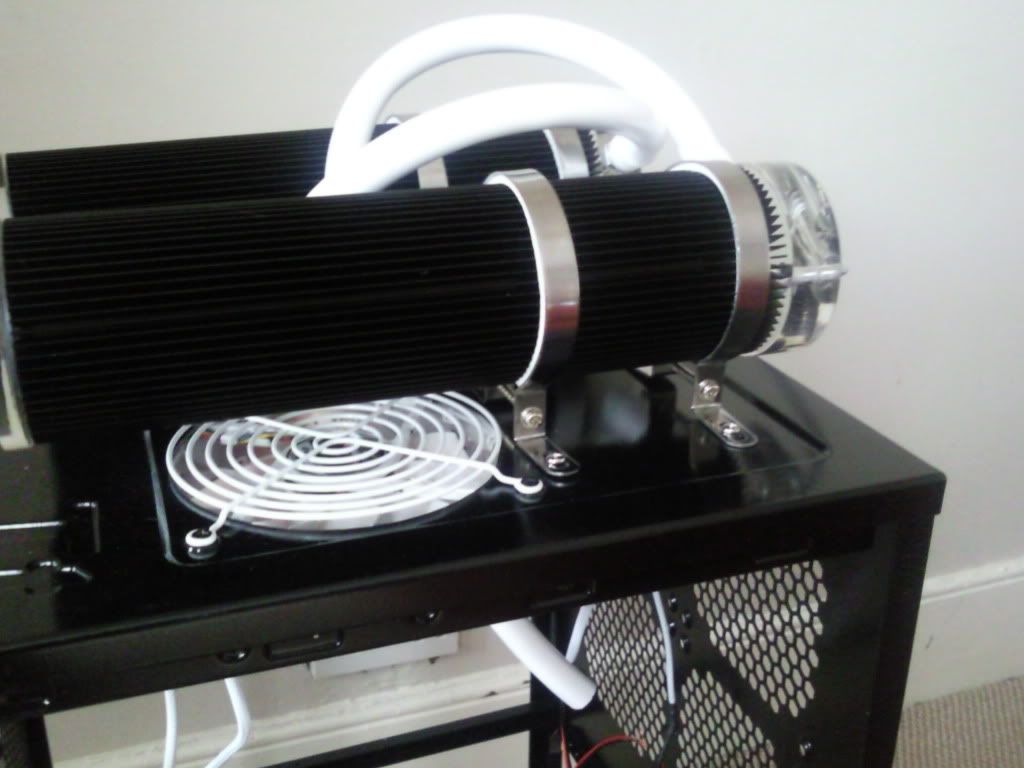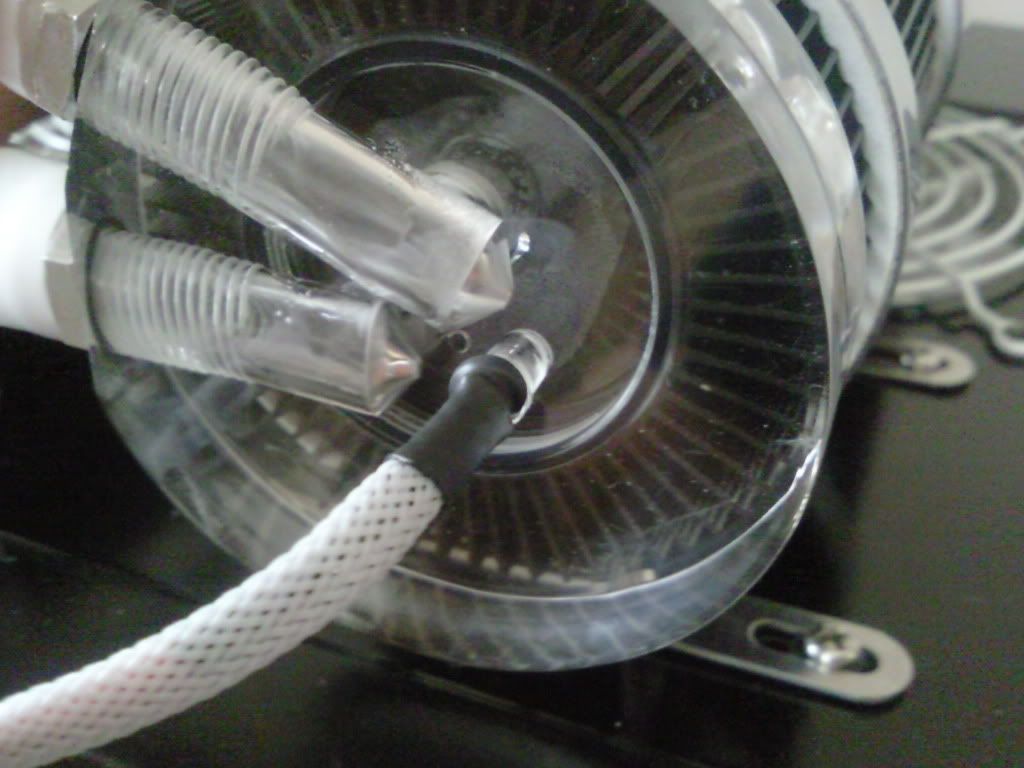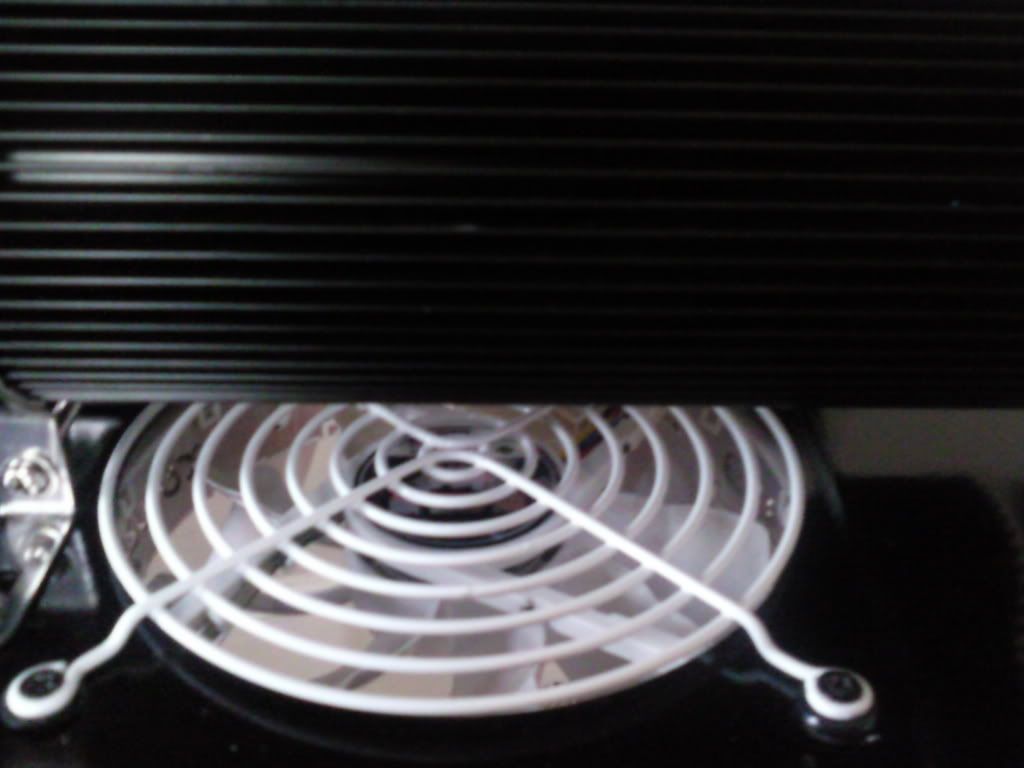So a while back in undertook my extreme air cooling project (here) and since then I have been wanting to build a 24/7 chilled liquid rig
So with it coming up to Christmas I have some time on my hands to get start what I have had planned for sometime now!
Over the next few weeks I will be posting my updates here.. I hope you all enjoy this one as much as the Air build..
Sponsors:
To Follow...
Edit:
I have re-organised the first post and added links to updates so hopefully will be a little easier for people to quickly follow progress / see pictures
Links to Posts:
Update 01
Update 02
Update 03
Update 04
Update 05
Update 06
Update 07
Update 08 - added 03/01/10
Update 09 - added 05/01/10
Update 10 - added 08/01/10
Update 11 - added 09/01/10
Update 12 - added 10/01/10
Update 13 - added 10/01/10
Update 14 - added 14/01/10
Update 15 - added 15/01/10
Update 16 - added 15/03/10
So with it coming up to Christmas I have some time on my hands to get start what I have had planned for sometime now!
Over the next few weeks I will be posting my updates here.. I hope you all enjoy this one as much as the Air build..
Sponsors:
To Follow...
Edit:
I have re-organised the first post and added links to updates so hopefully will be a little easier for people to quickly follow progress / see pictures

Links to Posts:
Update 01
Update 02
Update 03
Update 04
Update 05
Update 06
Update 07
Update 08 - added 03/01/10
Update 09 - added 05/01/10
Update 10 - added 08/01/10
Update 11 - added 09/01/10
Update 12 - added 10/01/10
Update 13 - added 10/01/10
Update 14 - added 14/01/10
Update 15 - added 15/01/10
Update 16 - added 15/03/10
Last edited:


